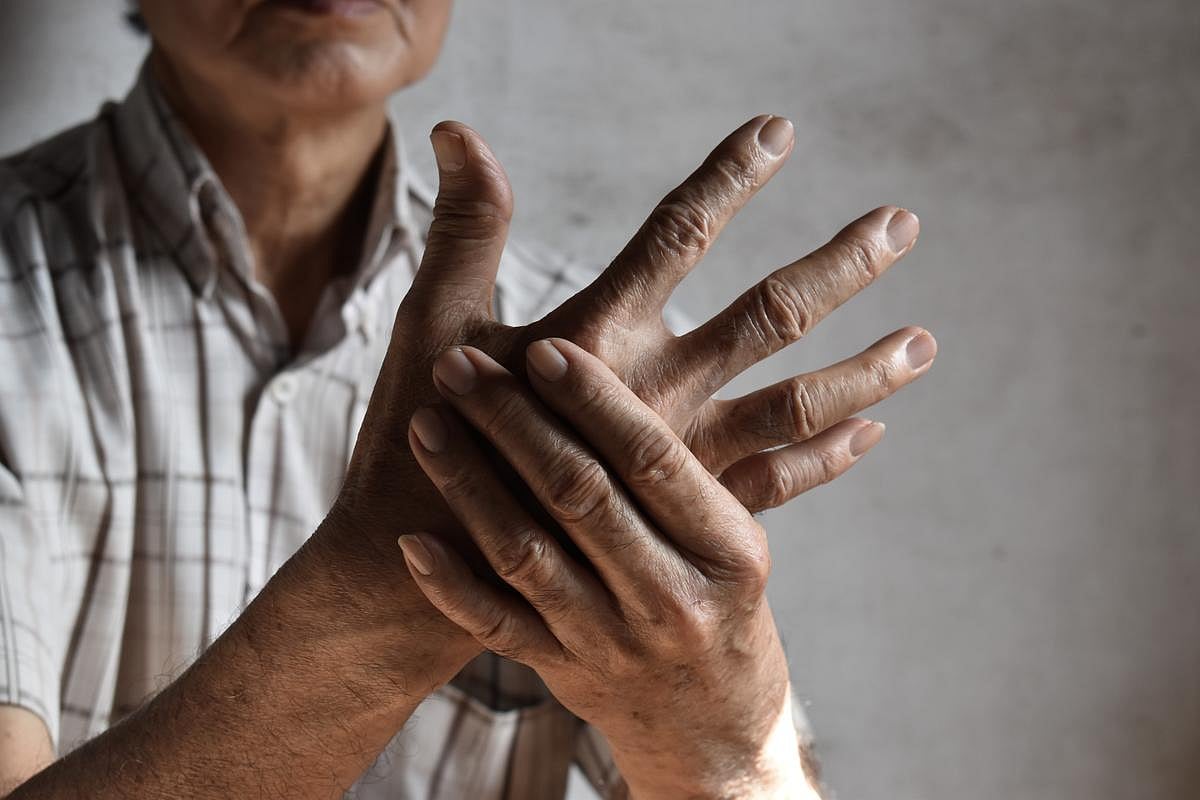ATTENTION ALL CUSTOMERS:
Due to a recent change in our pharmacy software system, all previous login credentials will no longer work.
Please click on “Sign Up Today!” to create a new account, and be sure to download our NEW Mobile app!
Thank you for your patience during this transition.
Get Healthy!

- Posted September 20, 2024
Arthritis Can Flare Up in Colder Weather: Tips to Easing the Pan
An arthritis sufferer’s joints start to get ornery when the weather turns colder, getting stiff and achy as the mercury drops.
Cold weather doesn’t cause arthritis, but it can make it worse, experts say.
"Our joints operate best in temperate weather," said Dr. Mariko Ishimori, interim director at the Cedars-Sinai Division of Rheumatology in Los Angeles. "When the weather gets cooler, the synovial fluid that acts like motor oil in our joints becomes more like sludge."
Frigid temperatures also can increase a person’s pain sensitivity, slow their blood circulation, and promote muscle spasms, the Arthritis Foundation says.
And if that weren’t enough, your joints detect and respond to changes in air pressure that accompany weather fronts.
"A drop in barometric pressure can cause muscles and tendons to expand, which can put more stress on an already crowded joint," Ishimori said in a Cedars Sinai news release. "When your joint cap expands, you can feel that."
But there are some simple steps that people with arthritis can take to protect themselves against joint pain caused by cold weather, experts say.
Stay warm. Wear hats, gloves and scarves, and use heating pads and blankets to keep warm while napping. A hot bath also can soothe stiff joints.
Get moving. Exercise can keep joints loose, boost energy and release a flood of feel-good hormones. Aim for at least 150 minutes of moderate-intensity exercise weekly, including two rounds of strength training.
Stretch. Be sure to stretch your muscles regularly, especially prior to exercise. Roll the wrists and ankles, do some knee bends, and stretch out the fingers and hands.
Eat healthy. A good diet can help reduce inflammation and boost the immune system, as well as strengthening bones. Be sure to get enough omega-3 fatty acids, which reduce inflammation, as well as bone-strengthening vitamin D.
Maintain a healthy weight. The more weight a person carries, the more pressure placed on bones, joints and tissues. Dropping some pounds can help reduce pain and stiffness.
Tread carefully. A simple fall can cause lasting pain, and a person’s sense of balance can be altered by arthritis-damaged joints. Take your time while walking, and wear proper footwear.
These recommendations will vary between people. Ishimori recommends that each person explore how cold weather affects their joints, then pursue the lifestyle changes most apt to make them feel better.
"There's a lot we can do to ease joint pain and stiffness," Ishimori said. "You don't need to suffer in silence."
SOURCE: Cedars-Sinai Los Angeles, news release






